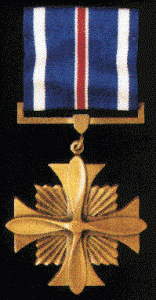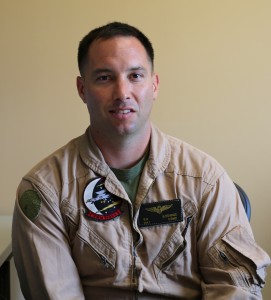2013-07-29 By Robbin Laird
Last year, I provided an update on Osprey from the perspective of several years of combat under its belt.
http://breakingdefense.com/2012/08/23/the-osprey-after-five-years-leading-a-tsunami-of-change/
This year, my visit to New River Air Station brought into focus the maturing of the Osprey and the preparation of the USMC for the next waves of innovation within the USMC.
New River Air Station is a key Osprey facility, which also is home to other USMC aviation assets, and is where the Osprey operational story began several years ago. The VMX-22 worked with the first Osprey squadron — VMM-263 — for the first deployment to Iraq.
I conducted a number of wide-ranging interviews, but none was more compelling than the ones with Major Michael Hutchings and Captain David Haake.

The two Osprey operators are the recipients of the first Distinguished Flying Crosses along with their Air Crew, which received Air Medal honors for their performance in Afghanistan.
This is the first time pilots of an Osprey have received the Distinguished Flying Cross.
The performance of the pilots, the crews, and of the airplane under extreme battle conditions are a clear measure of the maturing of the Osprey itself.
A USMC news release summarized the award, but really did not tell the story.
Maj. Gen. Robert F. Hedelund, 2nd Marine Aircraft Wing commanding general, presented Marines from Marine Medium Tiltrotor Squadron 365 with two Distinguished Flying Crosses and five Air Medals in their hangar aboard Marine Corps Air Station New River, June 28.
The Marines were awarded for the bravery and courage shown during a mission to insert a reconnaissance raid force into a heavily-defended enemy landing zone in Afghanistan in June 2012.
This is the first time Marine Corps MV-22B Osprey pilots have been awarded the Distinguished Flying Cross.
The story is simple but elegant.
The two Ospreys along with Hueys and Cobras were supporting the insertion of a USMC reconnaissance battalion.
The Ospreys, piloted by Hutchings and Haake were flying in a two-ship formation and planning to do a two wave insertion, meaning they were to put down Marines in two waves.
The first wave or insertion went well, and the Ospreys returned to insert the second group of Marines, to provide the complement of Marines necessary to perform the mission in Taliban infested territory.
As Hutching’s plane came down it took heavy fire, which so damaged the plane that the systems on board told the pilot to not fly the plane.
Of course, to not fly the plane was to face certain death, so the task for the pilot and the crew was to find a way out.
The plane was badly damaged, but because of the various redundant systems on board and the skill of the pilot and the crew to rely on what remained working, they were able to depart and to make it back to Camp Bastion in airplane mode.
With a traditional rotorcraft, of course, you do not have the relative luxury of using two modes of travel.
As Captain Haake followed Hutching’s, the Hueys and Cobras informed him that Taliban were occupying the area around the intended landing zone. Haake took his plane up and took stock of his options. But while so doing, he learned that Hutchings had landed was under attack, and that meant that Haake had little choice but to insert Marines to reinforce the reconnaissance battalion.

He did so also under heavy fire. His plane was badly damaged as well and also had on board a wounded Afghan solider working with the Marines.
In addition to battle damage of the aircraft, the plane was leaking fuel very badly. This meant that the pilot and crew knew they could not make it back to Camp Bastion, but would have to land at a Forward Operating Base, which also had medical support, about 20 miles away. Again, flying on helicopter mode, the plane and crew made it to the base.
But for Major Hutchings, the day was not yet over.
This was a night insertion and meant that the Marines needed to be extricated the next day. So the next morning, Hutchings flew an Osprey as part of the effort to pick up the Marines and to depart the combat area.
Hutchings landed the plane, took onboard the Marines, who were firing at the enemy as they boarded the plane and then took off to altitude with the speed, which the Osprey affords. Hutchings added: “I asked the crew chief after about 10 minutes how the Marines in the back were doing. He said they were asleep.”
The story speaks for itself, and underscores how the Marines are using the aircraft as an assault asset and its ability to perform in extreme battlefield conditions.
In addition to the two pilots, five Air Medals were awarded to the crew:
Co-pilot Captains Austin and Vandenende; Crew chiefs Sgt Leist, Belleci, and Moreland; and LCpl Rhorer.
The information about the DFC was taken from the following:
http://usmilitary.about.com/library/milinfo/navawards/bldflyingcross.htm
Our latest book focusing on the evolution of USMC combat approaches enabled by the evolution of USMC aviation and new navy ships can be purchased from several e-book publishers including the following:
http://www.scribd.com/doc/155441562/Three-Dimensional-Warriors-Second-Edition

